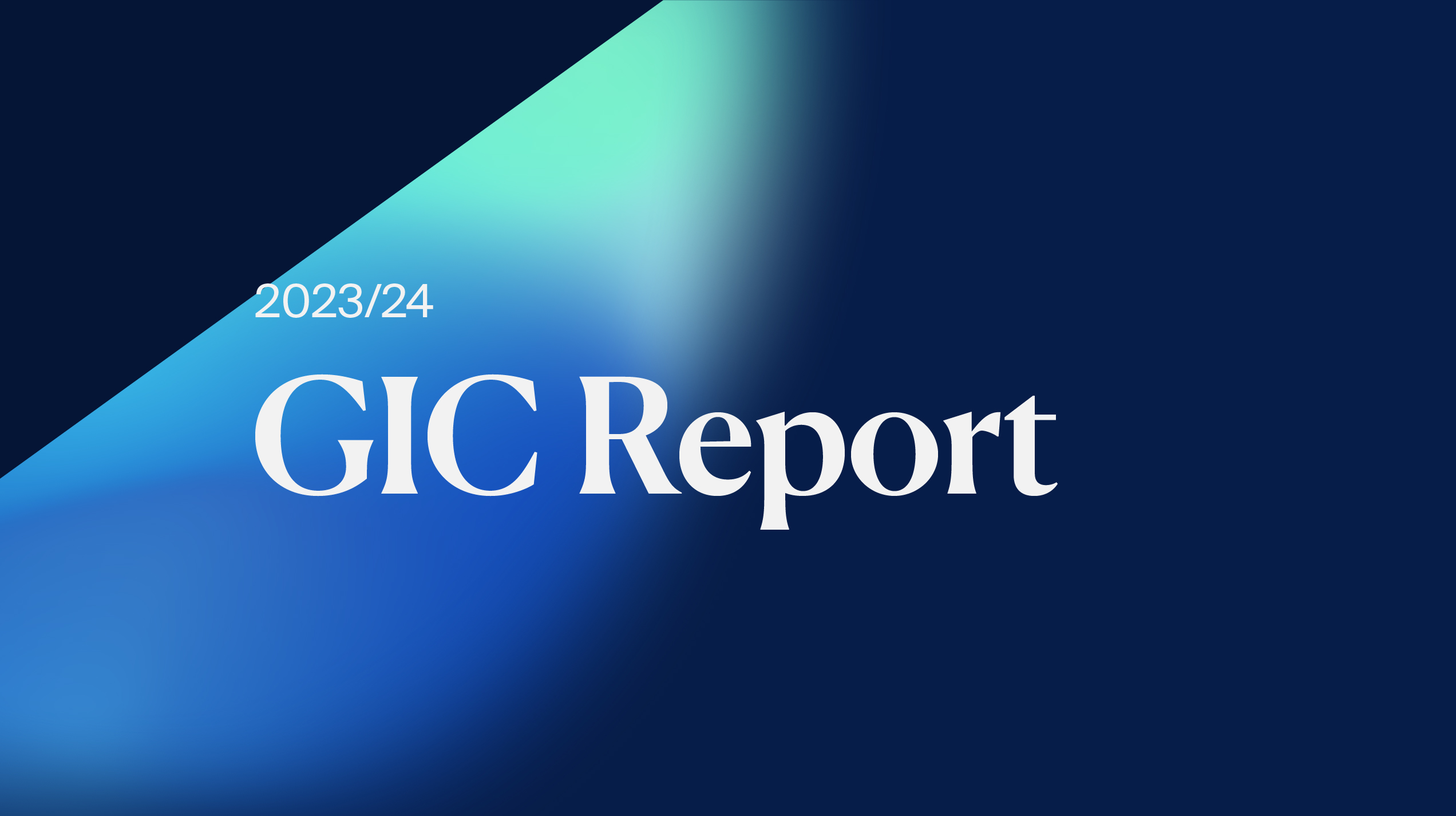A New Framework for Incorporating Macro Resilience into Asset Allocation
This paper was co-authored by Peter Shepard, Managing Director, Head of Analytics Research and Product Development, MSCI; Grace Qiu Tiantian, Senior Vice President, Total Portfolio Policy & Allocation, Economics and Investment Strategy, GIC; and Ding Li, Senior Vice President, Total Portfolio Policy & Allocation, Economics and Investment Strategy, GIC.
This is the “Introduction and Summary” section of the report. Please click on “Save As PDF” for the full paper.
Long-term investors face two major shifts in the investment environment. One has been steadily building, while the other has materialised suddenly: We are witnessing the rise of private assets to the core of many asset allocations from a peripheral “alternative,” and we have entered a new period of heightened macro uncertainty. Both could require a fundamental evolution of the asset-allocation process.
Decades of moderate inflation and falling interest rates have given way to higher inflation and interest rates. Other secular forces, such as climate change and deglobalisation, are also transforming the investment environment to one unlike any we have experienced before. These regime shifts suggest the need for a fundamentally forward-looking asset-allocation process.
Today’s investors also face an investment universe that is quickly expanding beyond traditional public equity and bonds. Private assets have often promised investors higher returns and lower risk, but their opaque valuations and limited history have made them hard to evaluate and incorporate into the asset-allocation process alongside public markets.
In this paper, MSCI and GIC introduce an asset-allocation framework to help investors navigate a new regime. We start by moving away from short-term, backward-looking measures of risk to tools for understanding the macro risks that could dominate the coming decades, and how they may play into asset returns over long horizons. Some of these macro risks — including supply-driven inflation, a less-credible central bank, rising real rates and slowing productivity growth — were modest risks in recent decades but could significantly change the trajectory of the markets in the years ahead.
We use five potential macro scenarios to demonstrate a framework for constructing asset allocations aimed to be more robust to long-term risks. By putting less emphasis on reducing backward-looking, short-term risk, allocations can instead prioritise resilience to potential macro uncertainties, while preserving the same level of investors’ long-run expected returns. In addition, placing public and private assets on the same footing can help manage long-term risks and returns across the total portfolio.
The macro-finance framework we use differs from traditional, statistically based risk measures in four main ways:
- First, a long-horizon view aligns with many institutional investor mandates — to meet liabilities and preserve wealth over the long run — instead of trading off short-term risk and return.
- Second, by relating investors’ cash flows and discount rates to a common set of macro drivers, the macro framework provides an intuitive and consistent view spanning all asset classes.
- Third, the macro framework can project asset returns through a range of time horizons, making it potentially useful for both strategic and tactical portfolio positioning.
- Last, the framework may aid decision-making that considers potential new macro environments that may emerge, rather than optimising relative to the previous market regime.
This paper is organised as follows:
- First, we explain why a cash-flow-based, long-term view of risk may be useful for investors’ strategic asset-allocation process, describe new tools to estimate macro risk and introduce the five potential scenarios that may shape the macro regime in the decades ahead: shocks to demand, supply, trend growth, central-bank policy and long-term real rates.
- Second, we analyse how these macro scenarios could play out across different asset classes and time horizons and highlight the key features of the investment landscape faced by long-term investors. We discuss how discount-rate shocks, mean reversion, shocks to trend growth and regime shifts could have starkly different effects for short-horizon versus long-horizon investors.
- Last, we demonstrate a systematic asset-allocation framework that incorporates a view of the long-horizon investment landscape, with a case study of asset allocations aiming to be more macro-resilient. We illustrate some potential benefits and costs of replacing short-term volatility with such long-term risk measures, and explore the implications for long-term investors.







